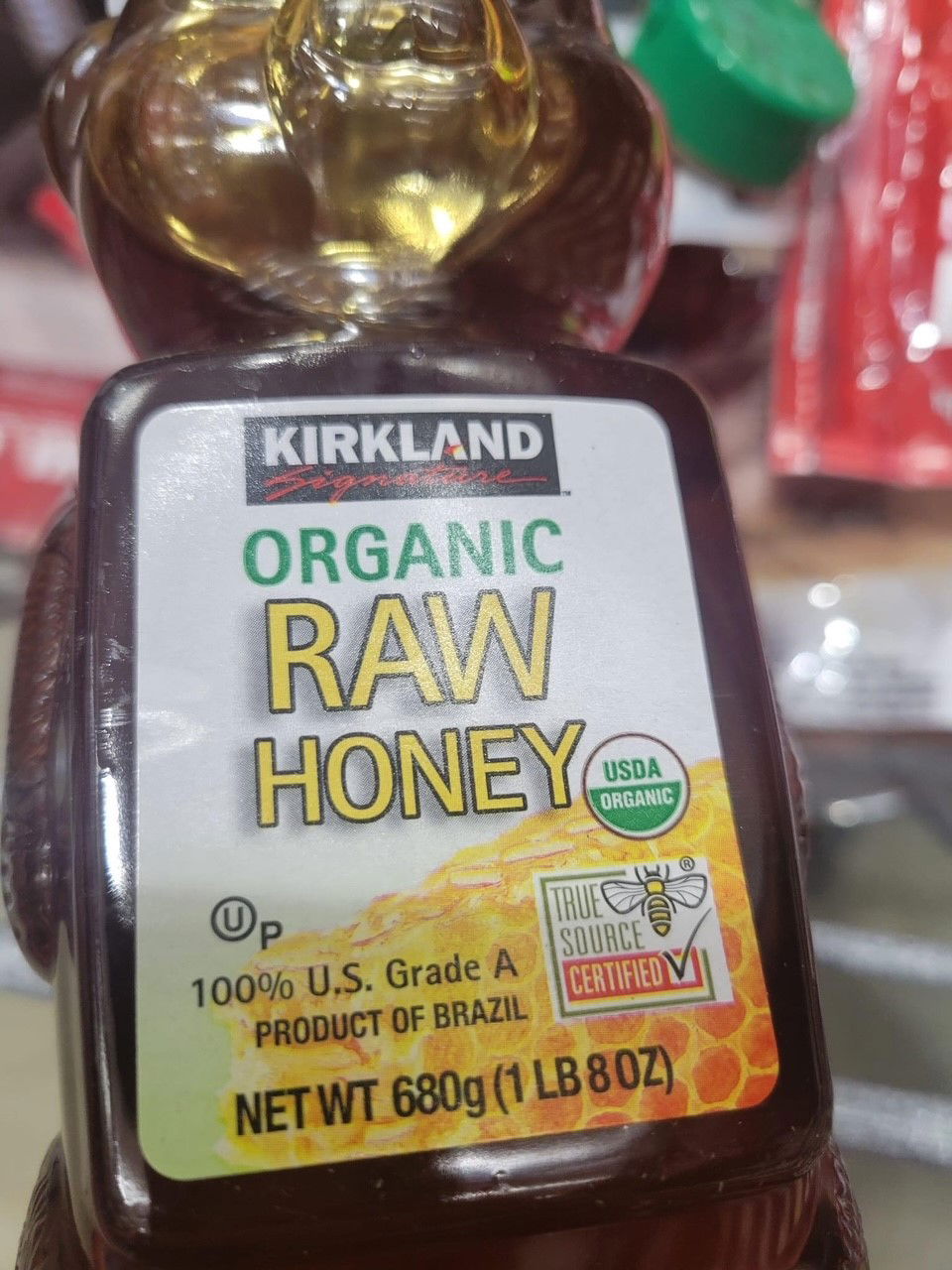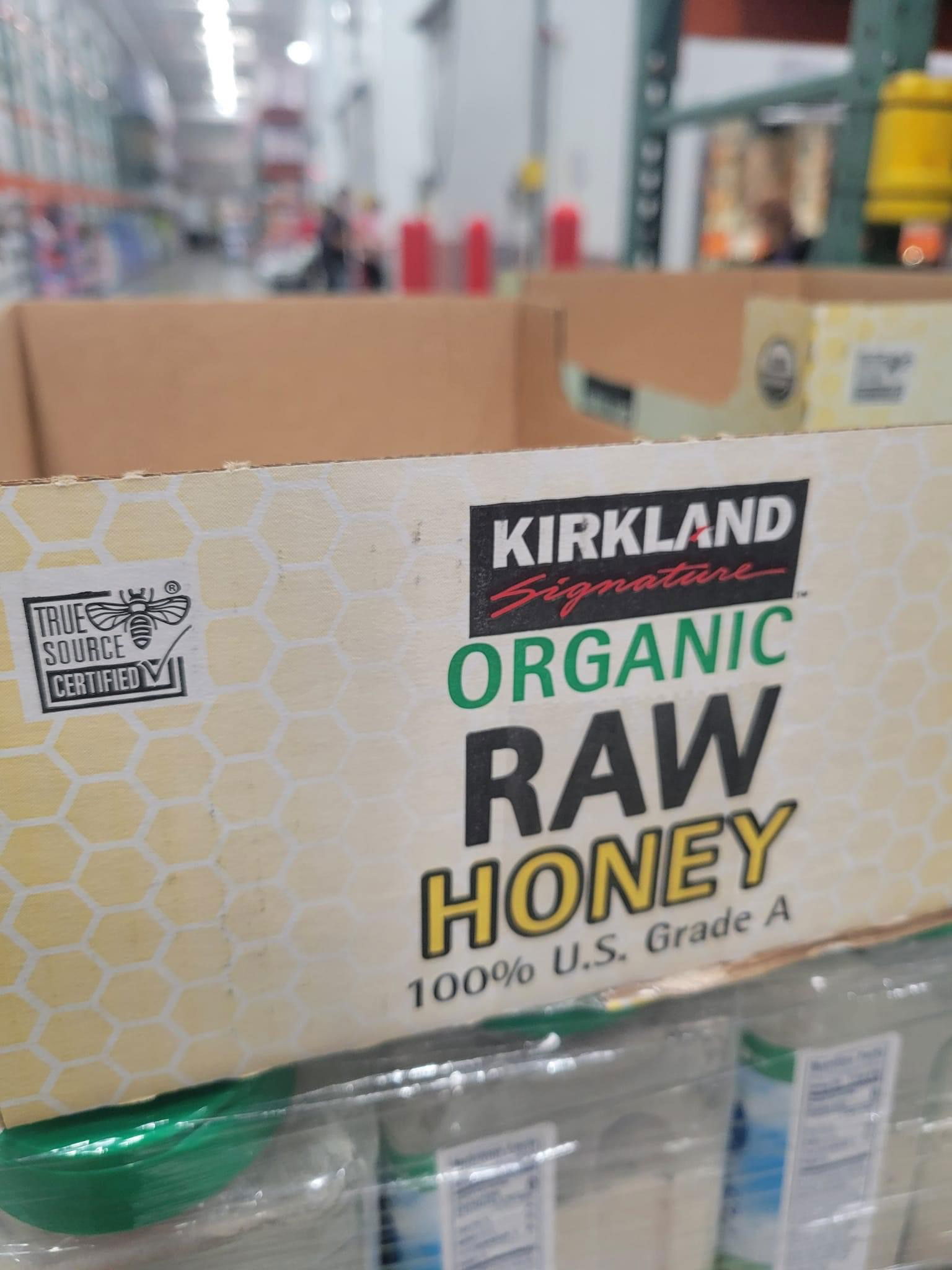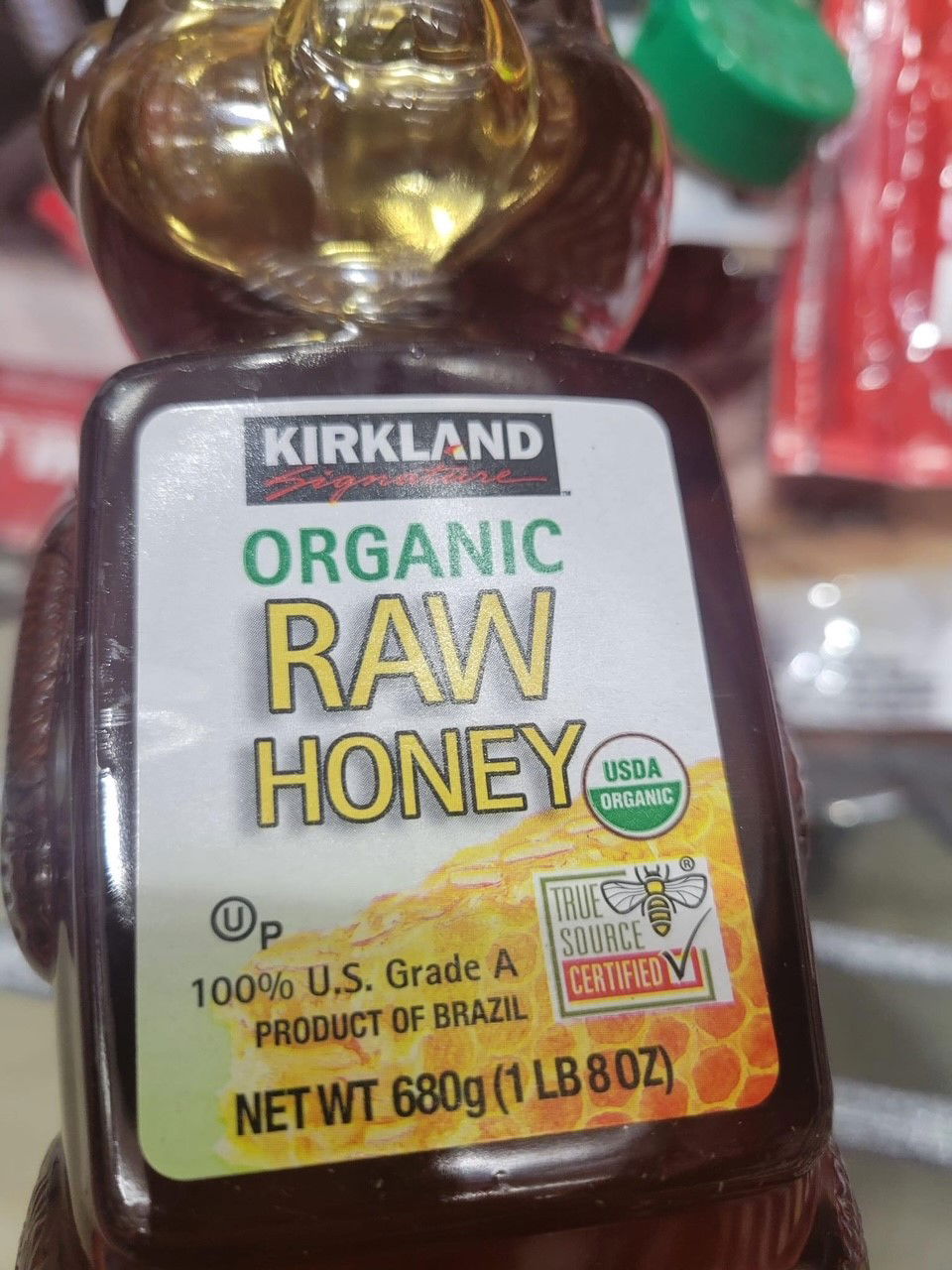
Make sure you read labels or know where the honey is coming from. Here is an example of Honey from COSTCO of all places! Did you know it comes from BRAZIL??

- Labeling Regulations: The labeling of food products, including honey, is regulated by government agencies like the U.S. Food and Drug Administration (FDA) and the U.S. Department of Agriculture (USDA). These agencies set specific guidelines for how food products must be labeled to provide accurate information to consumers.
- Blending and Processing: In the case of honey, it's possible that honey from different sources, including both domestic and foreign origins, might be blended and processed in the United States. As long as the final product meets certain standards and requirements, it could be labeled as a specific grade, such as "100% US Grade A."
- Country of Origin Labeling: There are regulations in place to indicate the country of origin on food labels. However, in some cases, these regulations might not be as strict or comprehensive as consumers would like. This can create confusion about the true origin of certain products, including honey.
- Transparency and Consumer Awareness: This underscores the importance of transparency in labeling and the need for consumers to be informed about the origin and processing of the products they purchase. Advocacy efforts and consumer awareness campaigns can play a role in pressuring regulatory agencies to strengthen labeling regulations.
- Imported vs. Domestic Honey: In recent years, there have been concerns about the quality and authenticity of imported honey, including instances of adulteration or mislabeling. Advocates for domestic honey production often stress the importance of supporting local beekeepers and ensuring the integrity of the honey supply chain.
- Enforcement Challenges: Enforcing labeling regulations across a diverse and complex food industry can be challenging. Regulatory agencies need sufficient resources and mechanisms to monitor and address non-compliance effectively.
There have been reports of honey producers adding HFCS to their honey to increase volume and profits ... imagine that! This has been happening all over the world over the past decade or so. High Fructose Corn Syrup (HFCS) looks like light honey when it has a water content about the same as honey (15–18% water). You cannot tell if some sugar syrup you buy is honey or not by looking at it (or by dribbling it into water, or any number of supposed home tests you see here or on the Internet). Honey is primarily composed of fructose, so substituting some (and in some reported cases, all) of the honey with HFCS can often go unnoticed without the need for special laboratory testing

Now I am not saying Costco sells honey with corn syrup in it, I am only saying .... please BUY local honey!